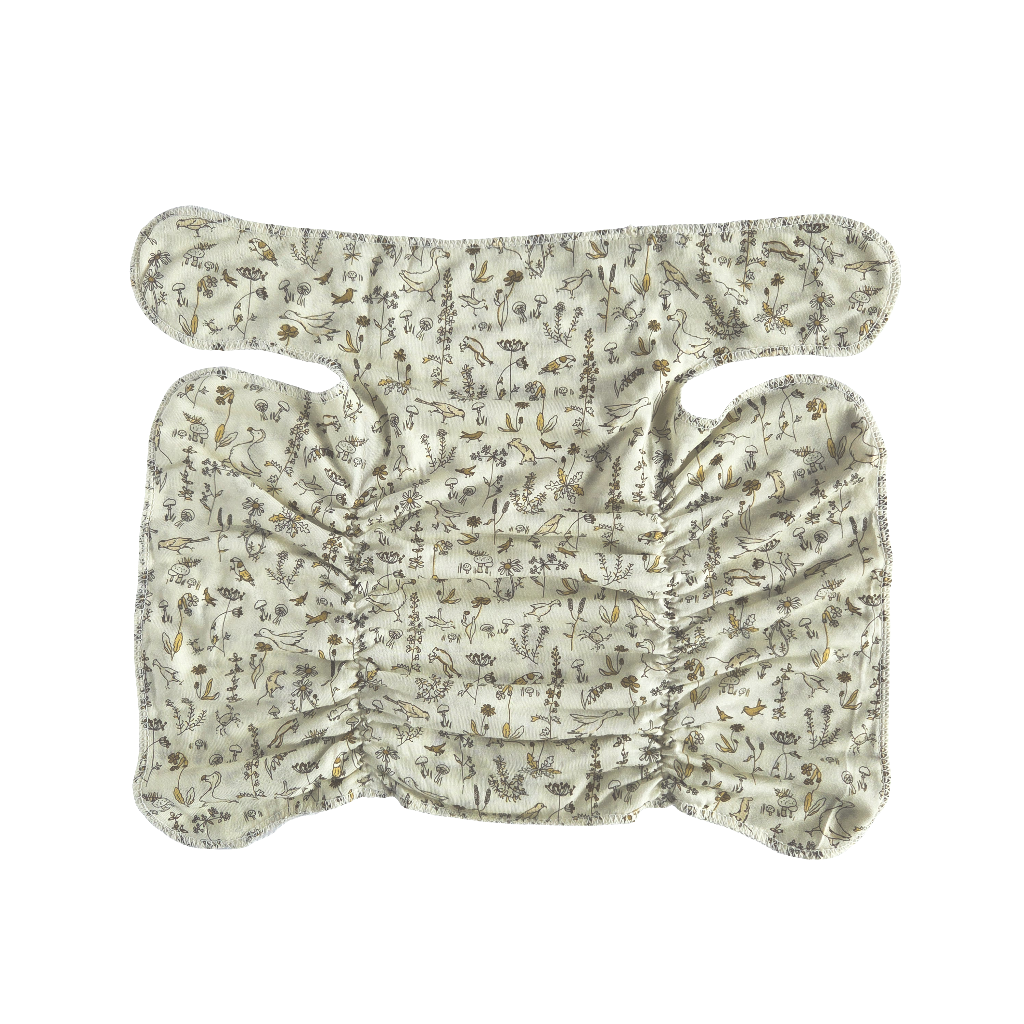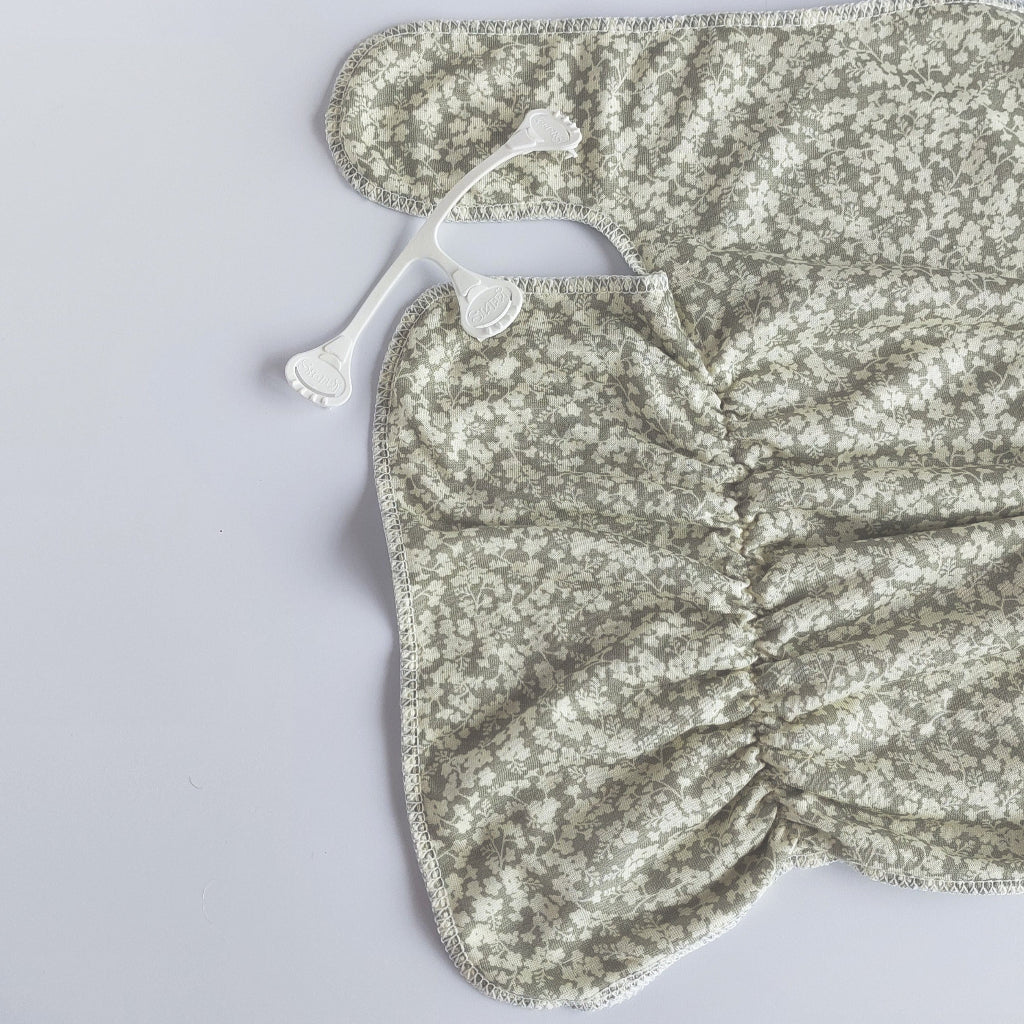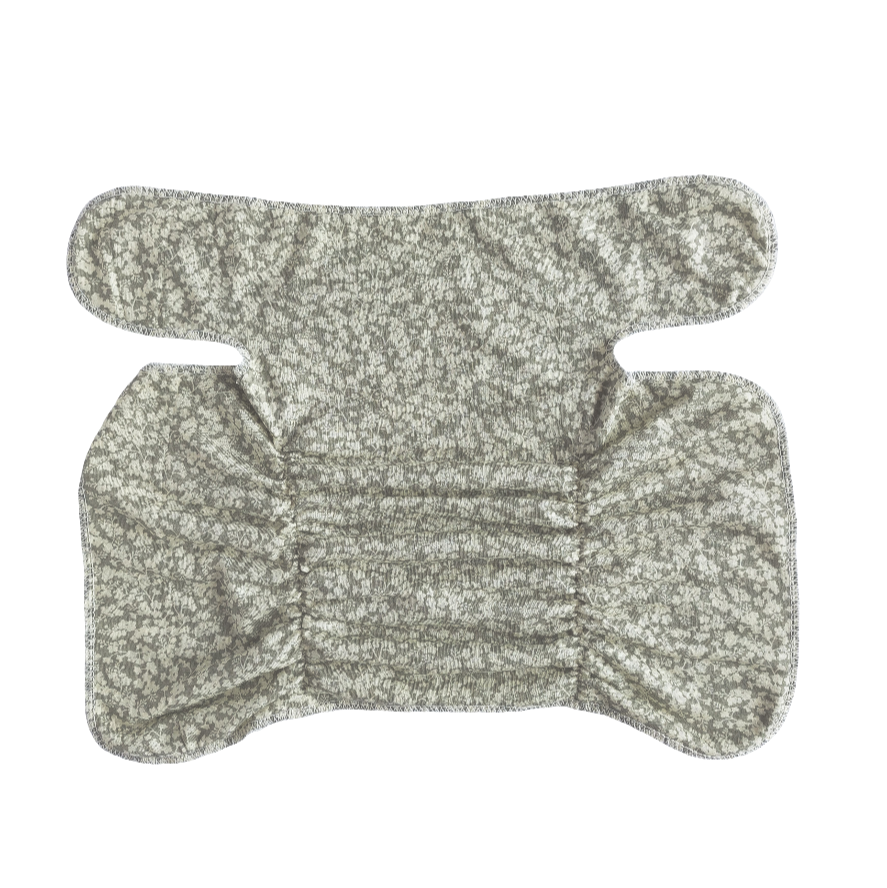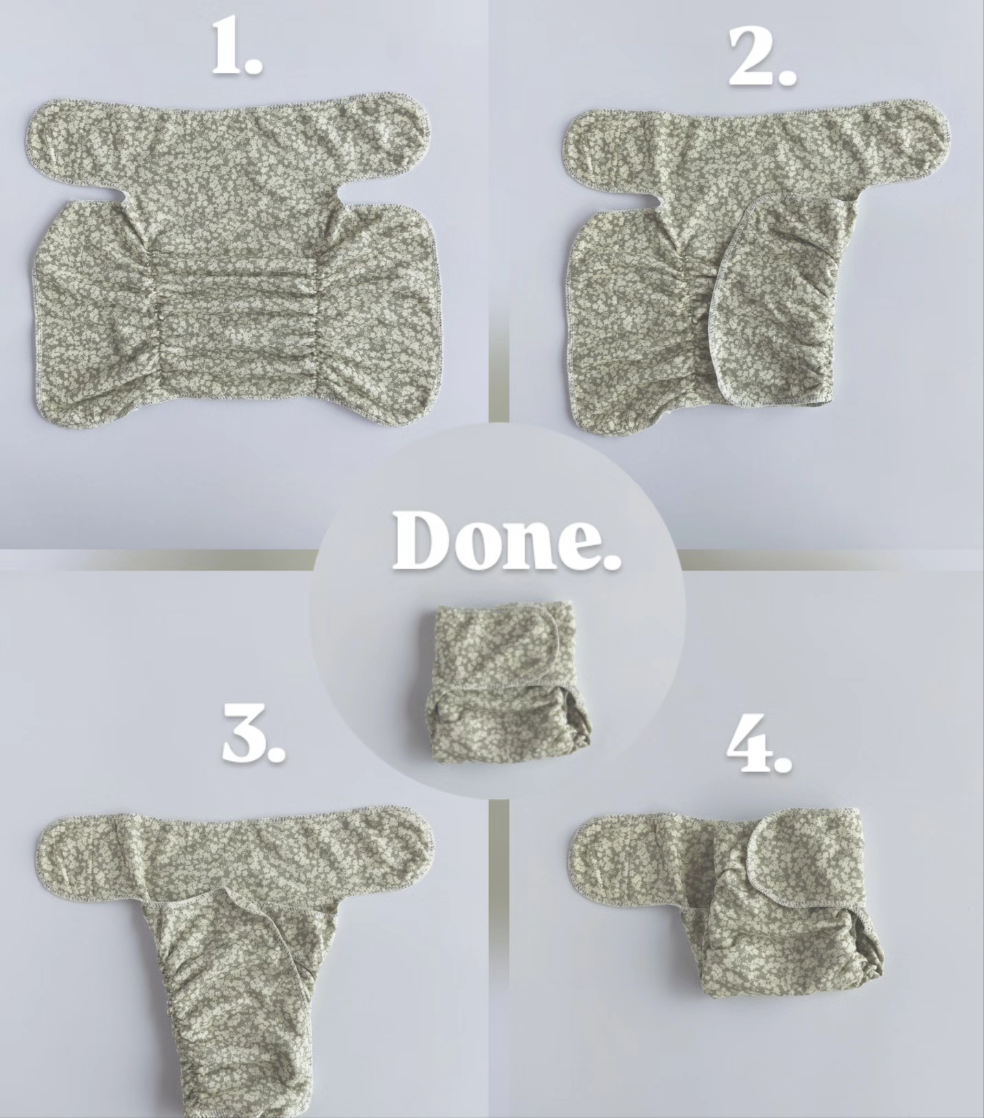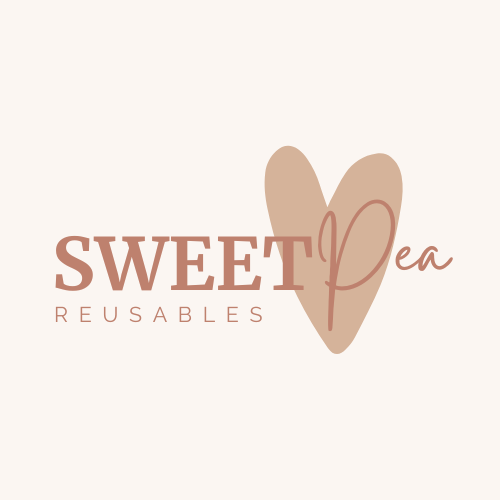SweetPea reusables
Newborn SnugFit Preflat
Newborn SnugFit Preflat
Couldn't load pickup availability
A versatile flat-style diaper with a SnugFit - every time!
✔ Innovative elasticated design to get a secure fit, for beginners.
✔ Modal Fabric is soft on babies' skin even after thousands of washes!
✔ Suitable for babies 2KG - 8KG
SWEET PEA Reusables NEWBORN PRE FLAT: The perfect Newborn Preflat for Beginners
Designed for babies from 2KG - 8KG, these preflats are so easy to fit.
Crafted from 3 layers of gentle OEKO-TEX Standard 100 certified Modal fabric, these cloth diapers offer 9 layers of absorbency when folded. The design ensures a snug and secure fit, particularly around tiny legs for superior containment.
Key Features:
- Quick to dry for easy rotation
- timeless reversible print on both sides
- Premium absorbency, making it perfect for your little one
- Effortless to clean and maintain
- Modal retains its shape and does NOT shrink
- Gentle on baby’s skin, ensuring softness and comfort
- The ideal base for heavy wetters or nighttime use. You can easily boost to customize its absorbency to your baby’s needs
Note: This product requires a waterproof cover and a snappy to secure.
fits perfect under our Sweet Pea Wool Diaper: Simple & Start one size fits most
Origin
Origin
All our products are handmade in New Zealand by me, Anna, in our own atelier (aka guest room). Sooner or later, I hope to have a larger room to welcome walk-in customers
Materials
Materials
Please note, this is a listing of all our used fabrics, please scroll to the fabric you want to learn more about! Technically, It's not possible for us to present easier. We're trying to make this work, sorry!
This little guide will help you understand the different fabrics we're using to create our products.
Cashmere Wool
These wool covers are made mainly from a wool cashmere blend, which makes them incredibly soft. The fabric is felted and thickended which gives the perfect foundation for a cloth nappy, and of course many other things like apparel and baby items. You want this wool on your skin.
Our wool is carefully sourced from Tibet and Mongolia, distributed by Crose fabric which have specialized in the trade silks and woolen fabrics.
100% woven cotton
The outer of all our nappy covers is made of this 100% cotton fabric. Designed by one of my favorite designers Joecelyn Proust.
Jocelyn often draws inspiration from her natural environment. From observing, photographing and drawing plants and birds in her garden, she uses these natural elements to create unique designs suitable for all kind of kids apparel.
We're feeling very honoured to work with such incredible materials. Go check out her page - she has an impressive social media presence with a large, engaged audience of followers on Instagram. @jocelynproustdesigns
Hemp
Another great absorbent material is hemp. Our supplier combines it with cotton to make fibers more stable and flexible as it can be quite stiff. So when we're talking about Hemp it means 45% Cotton / 55% Hemp blend.
Bamboo
When talking about our diapers you'll often hear stretchy Bamboo, Bamboo/Cotton blends.
It is similar to hemp fabric in that way, Bamboo is combined with 25% Cotton and 5% Spandex leading to its desired characteristics.
- Bamboo for a very high absorbency
- Cotton to make it absorb fast enough
- Spandex to create that snug fit around the baby's bottom [keeping surprises inside ;)]
Care Instructions
Care Instructions
The same applies to our care instructions, please scroll to the material you want to learn more about.
All absorbent Materials:
At this point, we do not provide you with a washing routine - because this is so so unique to every family!
There is not formula for everyone, and even your routine will change from time to time.
But whats important to know:
All our absorbencies can be washed at 60°C without any problems. Sanitizing at 90°C is also fine.
None of them require to be treated separately, just add it to your nappy washing routine.
After washing, pull it damp into shape, this is like all materials, they then simply lie nicer and do not shrink so much. Maybe you'll use the dryer anyway.
If you are just starting out with cloth diapers and don't have a washing routine yet, feel free to check out: cleanchlothdiapers.com
Wool cover:
You can machine wash your cover at a gentle wool cycle (30-40°C and low spin not more than 800rpm). Please invest in an extra wool detergent - doesn't need to be something special, just suitable for wool.
In the event that your cover is heavily soiled, you may prefer to hand wash it before washing it in the machine - especially around the elastics.
Generally, if you prefer a handwash (not getting a full machine with wool or other reasons) you are fine to do so. Please don't twist your cover. Just gently press out the water.
For very soiled areas you might consider buying a lanolin soap which you can directly apply on soiled areas.
Lanolising your cover:
You need to lanolise your cover after washing it with a detergent as soaps will mainly remove the fat (Lanolin) from your cover.
Did you know? You don't need to initially lanolise our covers when receiving you new goodies because our wool still contains enough natural lanolin.
However, sooner or later you want to lanolise them by yourself by using the following ingredients:
- 1/2 tsp. Lanolin
- some flakes of natural soap rasping (Generally every kind of soap is possible we prefer organic solid soaps or baby shampoo)
Mix them both together in hot water to emulsify everything. You'll get a turbid emulsion. If it does not become turbid, you need to add a little more soap, this is important because otherwise the lanolin will not be dispersed properly.
When all of the lanolin has been emulsified, there should no longer be any oily yellow spots floating on top of the water.
This goes into a large bowl of cooler water (not more than 40°C) where then your wool cover comes in. Give it a few good presses into the liquid and make sure that all of it has had good contact and is not just floating on the surface. Alternatively, you can also put something to weigh it down.
It is not necessary to leave it in for several hours, 10 to 20 minutes is sufficient.
Then fold the cover carefully and press the liquid out very gently, do not wring or twist. Alternatively, place between two towels and press out, do not rub.
DONE! You got it!
Linedry in shade afterwards.
Please note: Knitted wool garments or nappies are usually dried flat. The Cotton outer of our nappies prevent them from losing their shape, so it's ok to linedry them.
We lanolized 5 of our wool covers in a small 5L bucket with this recipe. Yes really, you need little lanolin.
If you only lanolize ONE cover, I would also advise a little less lanolin (The specification is really hard for me here, because how much is just less than 1/2 teaspoon, right?) Please feel free to text me if you are unsure! But I'm confident after a times of practice, you will find the right amount for you.
xxAnna
Share
